Russia’s economic trajectory, ostensibly resilient in the face of geopolitical challenges and Western sanctions, is subject to concealed and profound deterioration, warns the Official Monetary and Financial Institutions Forum (OMFIF).
Despite contrasting views on the impact of sanctions, the OMFIF contends that Russia is not as impervious as it may seem, and its economic resilience is overshadowed by latent issues that could perpetuate its decline and marginalize its global influence.
Russia is Coping with Trade Restrictions
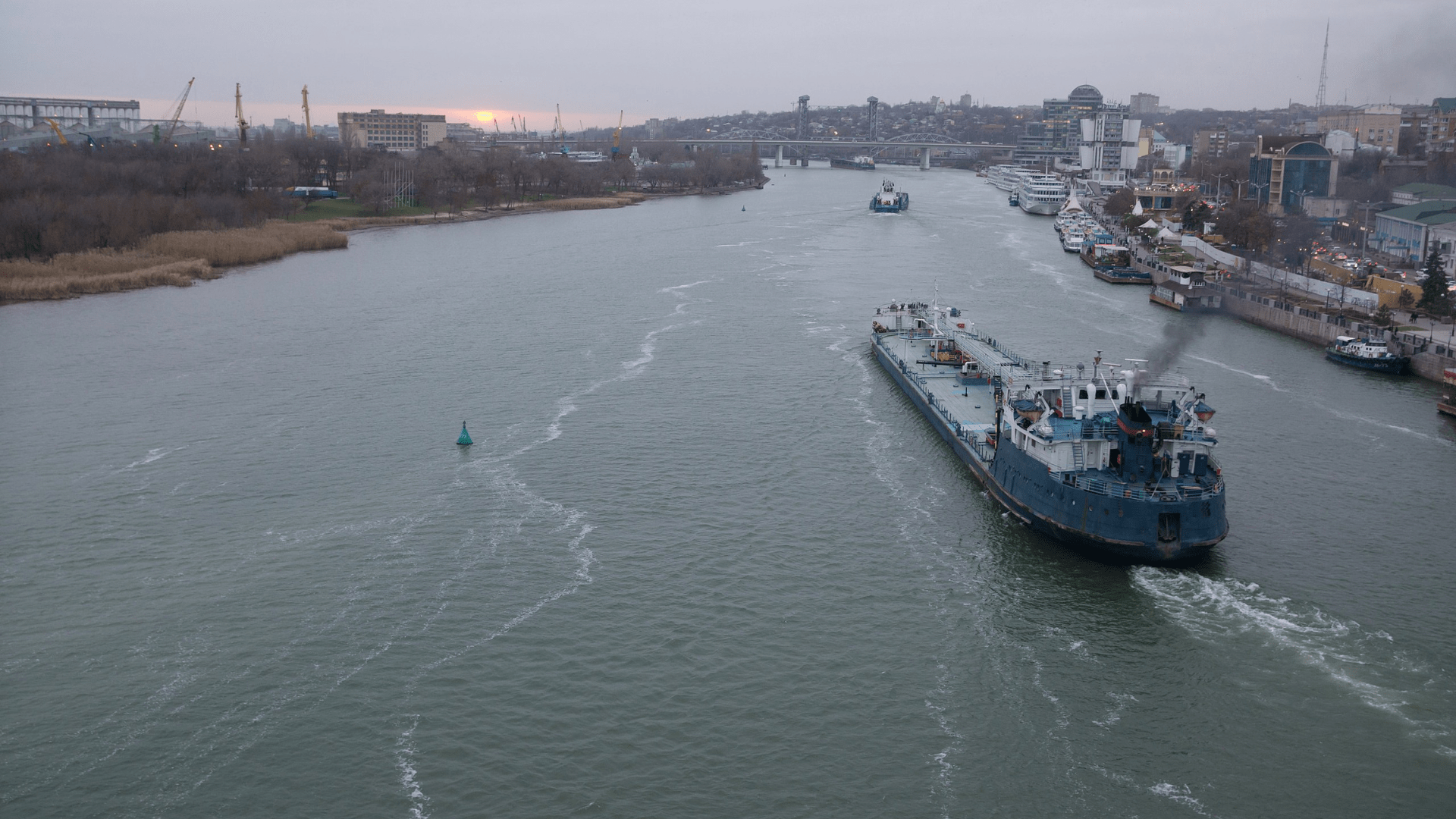
The prevailing notion that Russia is weathering the storm is questioned by Michael Santi, a European economist, and former banker, who suggests that the country copes better with trade restrictions than commonly acknowledged.
While the ruble’s plunge, soaring inflation, and a record labor shortage indicate economic challenges, Santi contends that certain problems are overstated. He emphasizes that, aside from the labor shortage, Russia possesses substantial resources, and the standard of living for those within the country has “barely declined.”
Many Russians are Optimistic About the Economy
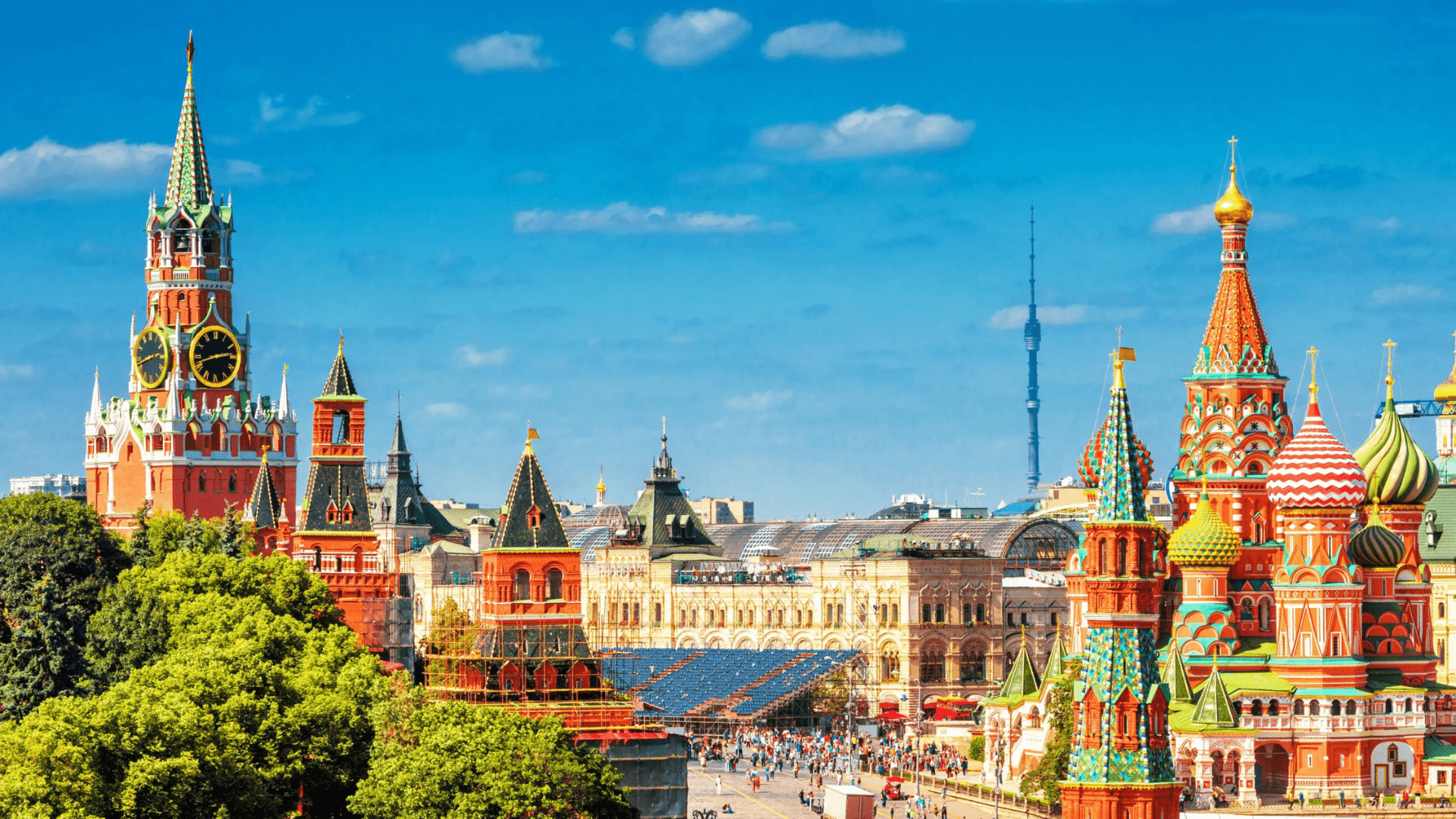
Santi points to a Gallup poll indicating that 46% of Russians believe living standards improved in 2023, with 56% expressing optimism about the economy.
Additionally, Russian business confidence rose by 5% in December. Moscow’s efforts to bolster the private sector, including offering interest-free loans to businesses, contribute to this sentiment.
Some Countries Are Intermediaries Between Russia and the West
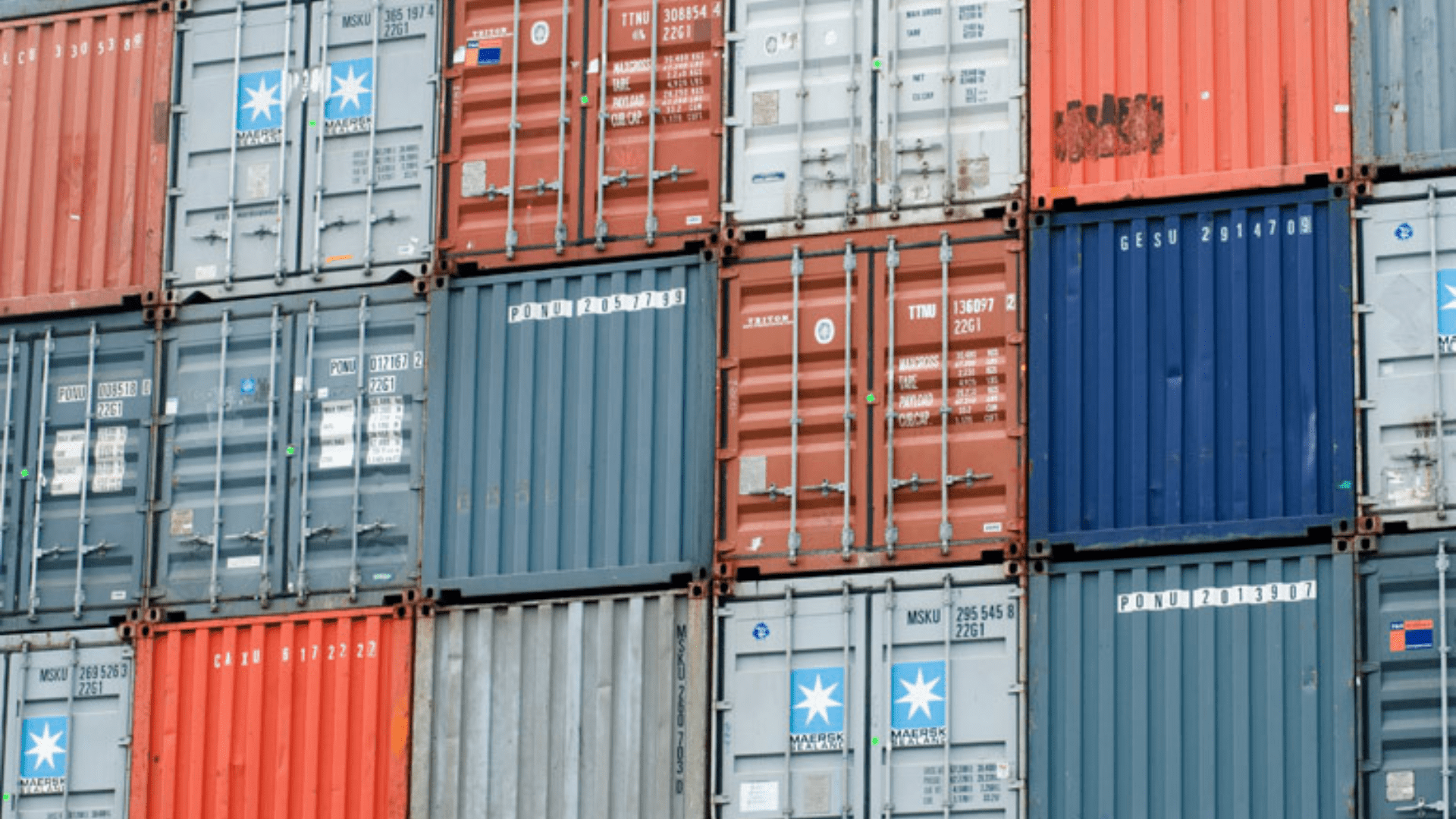
Trade restrictions imposed by the West have limited Russia’s ability to acquire Western goods.
However, some countries, like Armenia, Serbia, and Kazakhstan, have acted as intermediaries, purchasing goods from Europe and passing them on to Russia. Santi argues that Russia still has “abundant” resources, including approximately $100 billion in its sovereign wealth fund that can be easily liquidated.
Russia’s $300 Billion Frozen Assets
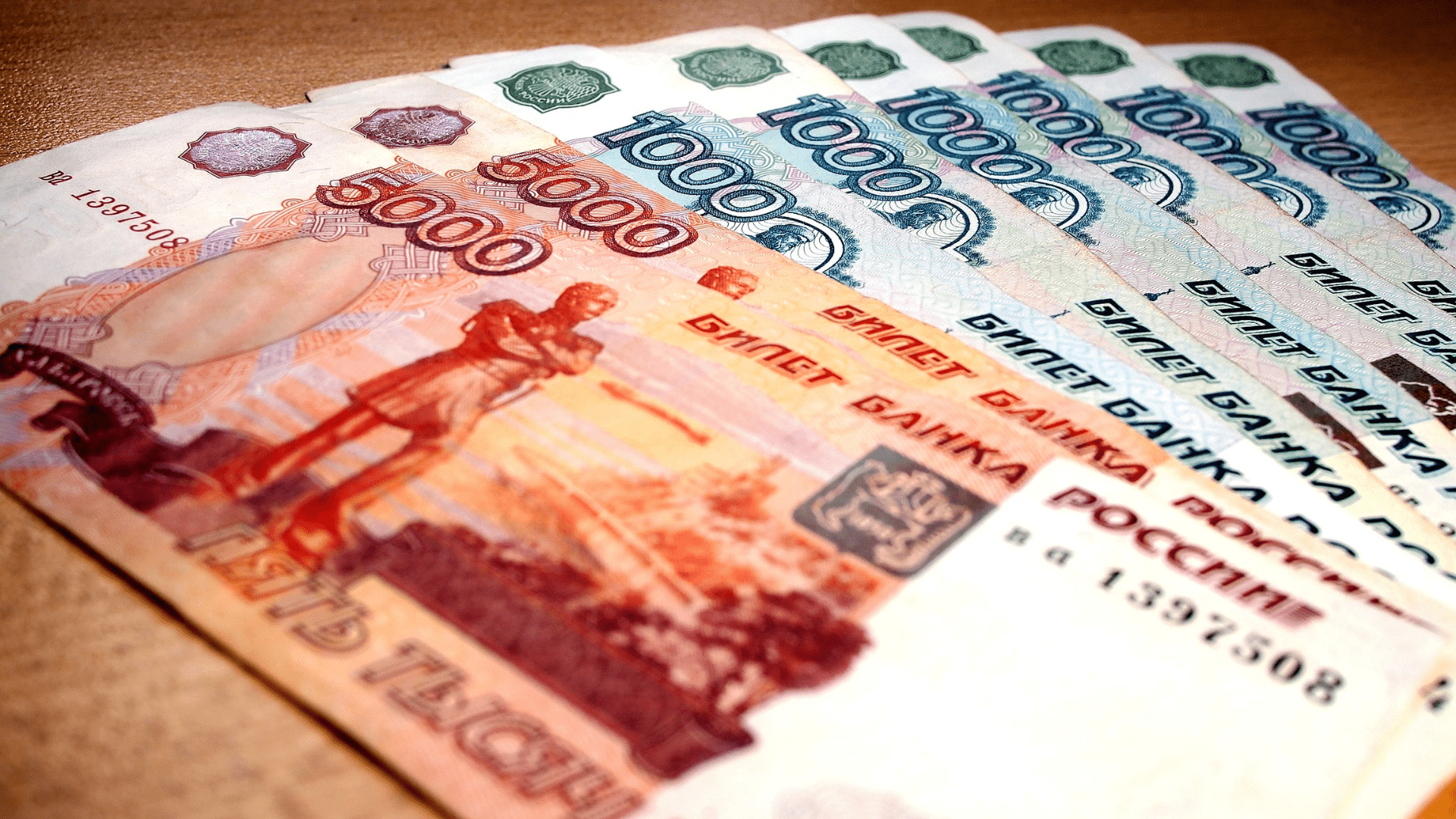
While Western nations contemplate seizing Russia’s $300 billion of frozen foreign assets to aid Ukraine’s reconstruction, experts suggest this move is unlikely to happen soon.
Santi identifies Russia’s main challenge as a labor shortage, with a deficit of workers in the defense and tech sectors. Yet, this has led to a state of full employment, with an average of 2.5 jobs available for each unemployed worker and an unemployment rate near a historic low of around 3%.
Is Russia Concealing a Substantial Economic Degradation?
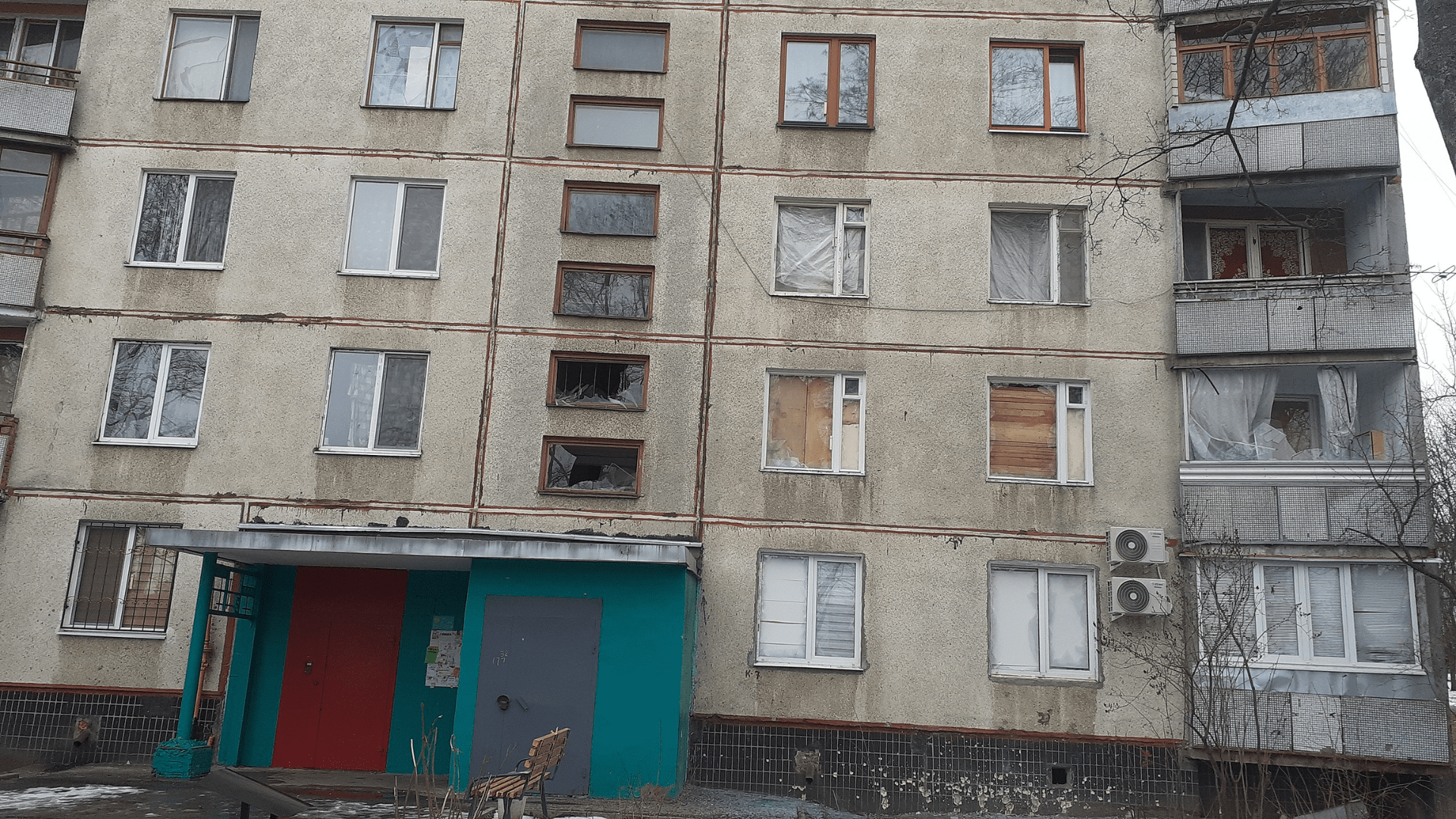
Contrary to Western predictions of economic strangulation, Santi asserts that Russia’s bureaucracy has defied such expectations.
However, the OMFIF, through Mark Sobel, the US Chair of the organization, challenges this optimistic perspective. Sobel argues that Russia is concealing a substantial economic degradation that will persist, diminishing its global standing.
Russia’s Declining Share of Global Purchasing Power

Russia’s robust military spending has temporarily shored up its economic growth. Still, Sobel highlights a gloomier picture, citing a decline in Russia’s global share of world purchasing power to under 2%, down from around 4% before the 2008 financial crisis.
Additionally, Russia’s energy revenues, a crucial income source, are diminishing, exemplified by Urals crude trading at a significant discount to the global benchmark.
Russia is Losing Human Capital Quickly

The economic challenges faced by Russia are compounded by factors such as soaring inflation, a weak ruble, and a record labor shortage.
The country is losing human capital due to casualties on the battlefield, coupled with a significant exodus of younger educated Russians. Over 1,000 companies have publicly announced their withdrawal or scaling back of operations in Russia, contributing to the broader economic challenges.
How Many Russians Have Died in the Russo-Ukrainian War?
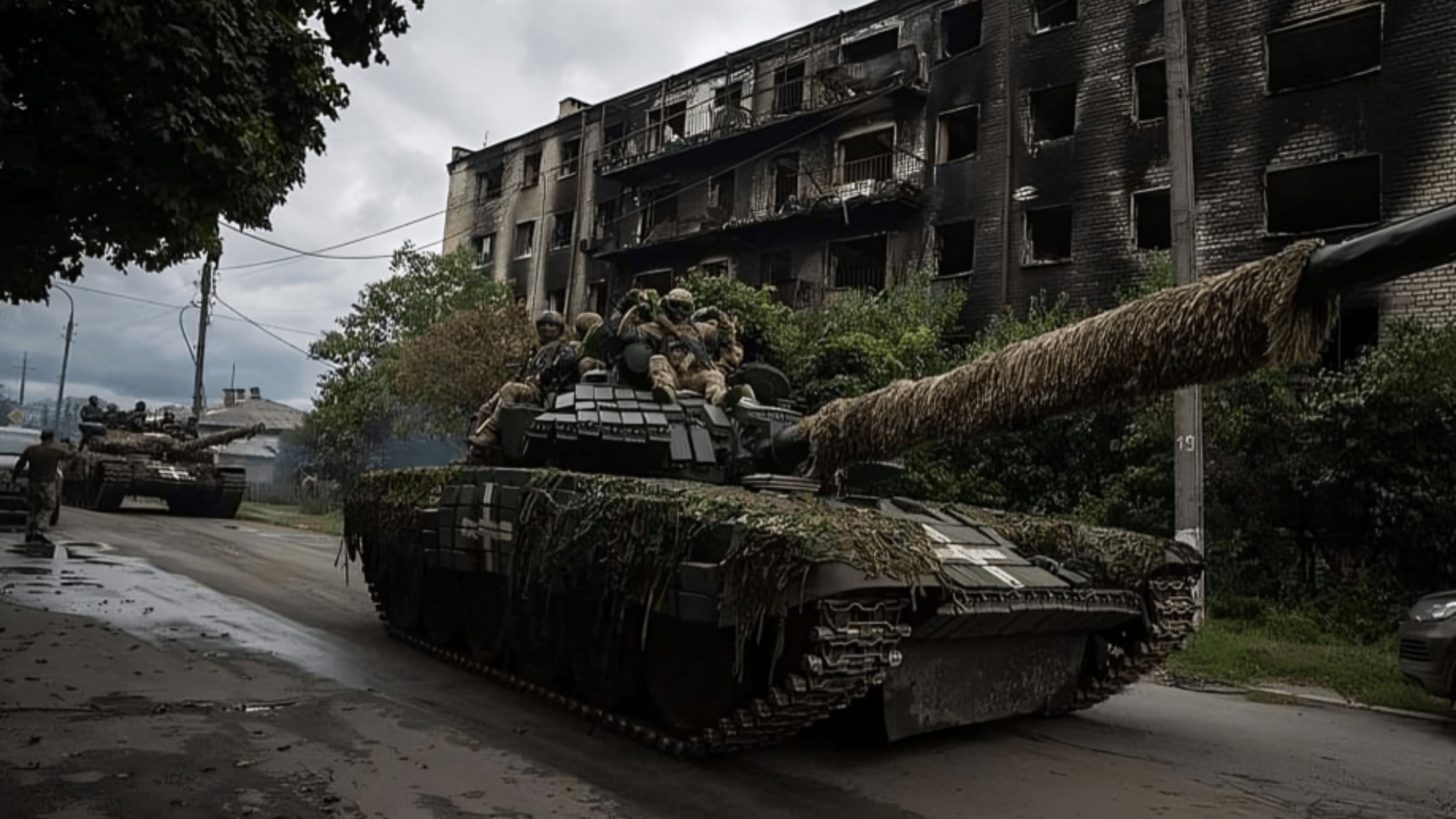
In the war in Donbas leading up to the 2022 invasion, estimated deaths ranged between 14,200 and 14,400, encompassing pro-Russian separatist fighters, Ukrainian fighters, and civilians. The majority of these occurred in the conflict’s initial year.
The 2022 Russian invasion witnessed a staggering scale of casualties, affecting up to 500,000 individuals. U.S. estimates indicate 5,000 to 6,000 Russian soldier fatalities, while Ukrainian armed forces claim over 12,000 Russian troop deaths. A declassified U.S. intelligence assessment suggested 315,000 Russian personnel have been affected, encompassing both military and civilian casualties.
The Exodus of Educated Russians
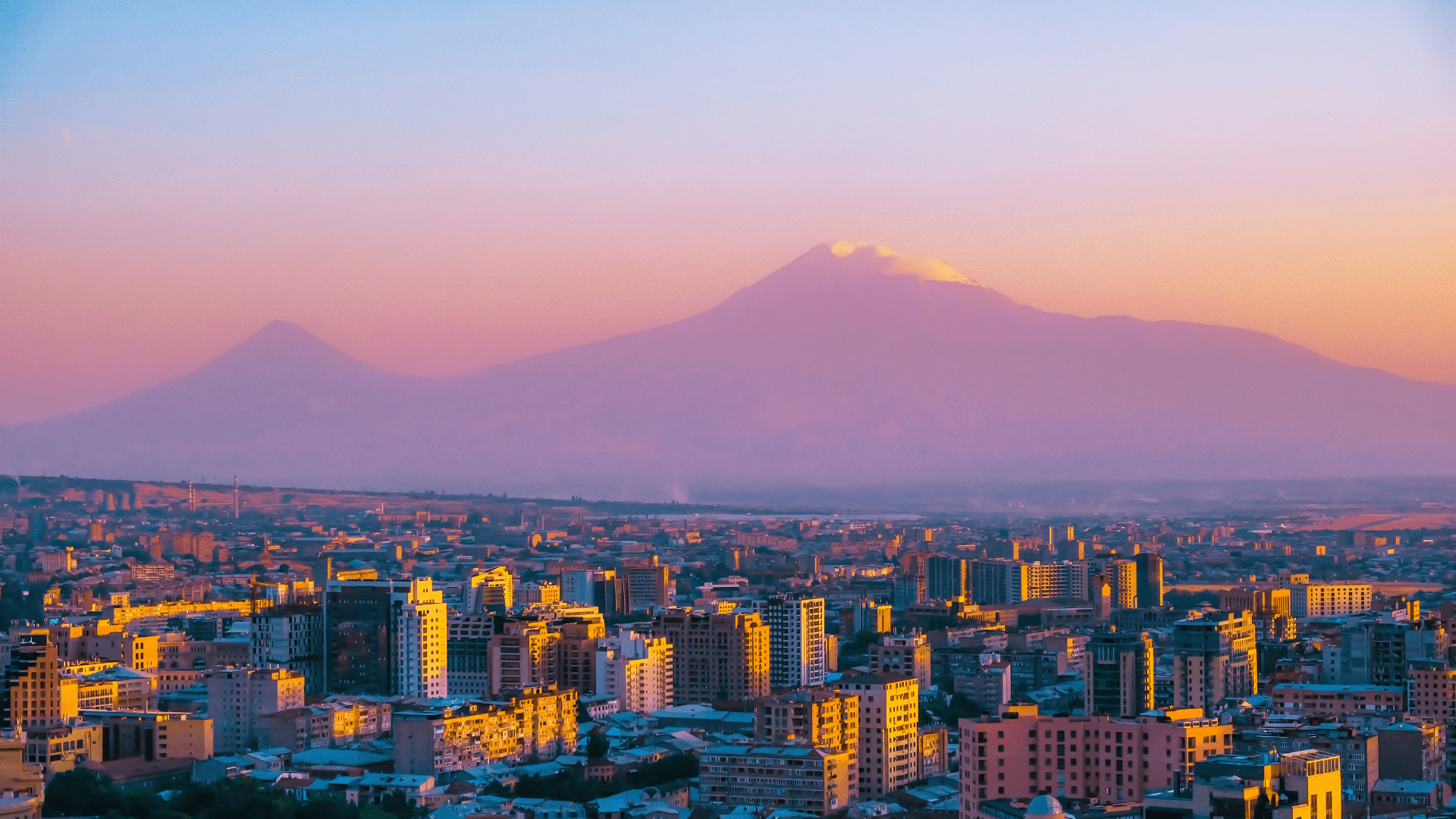
Since Russia’s invasion of Ukraine, a significant exodus of professional talent, including tech workers, scientists, bankers, and doctors, has occurred, with hundreds of thousands leaving the country.
Destinations include Georgia, Armenia, and Turkey, posing a threat to Russia’s economy already under Western sanctions. A mid-March survey estimated approximately 300,000 workers departed since late February, and though precise figures are unavailable, economists suggest a substantial outflow. In 2020, around 500,000 people left Russia, according to Rosstat, the country’s statistics agency.
Moscow’s Military Budget Straining Russia’s Infrastructure
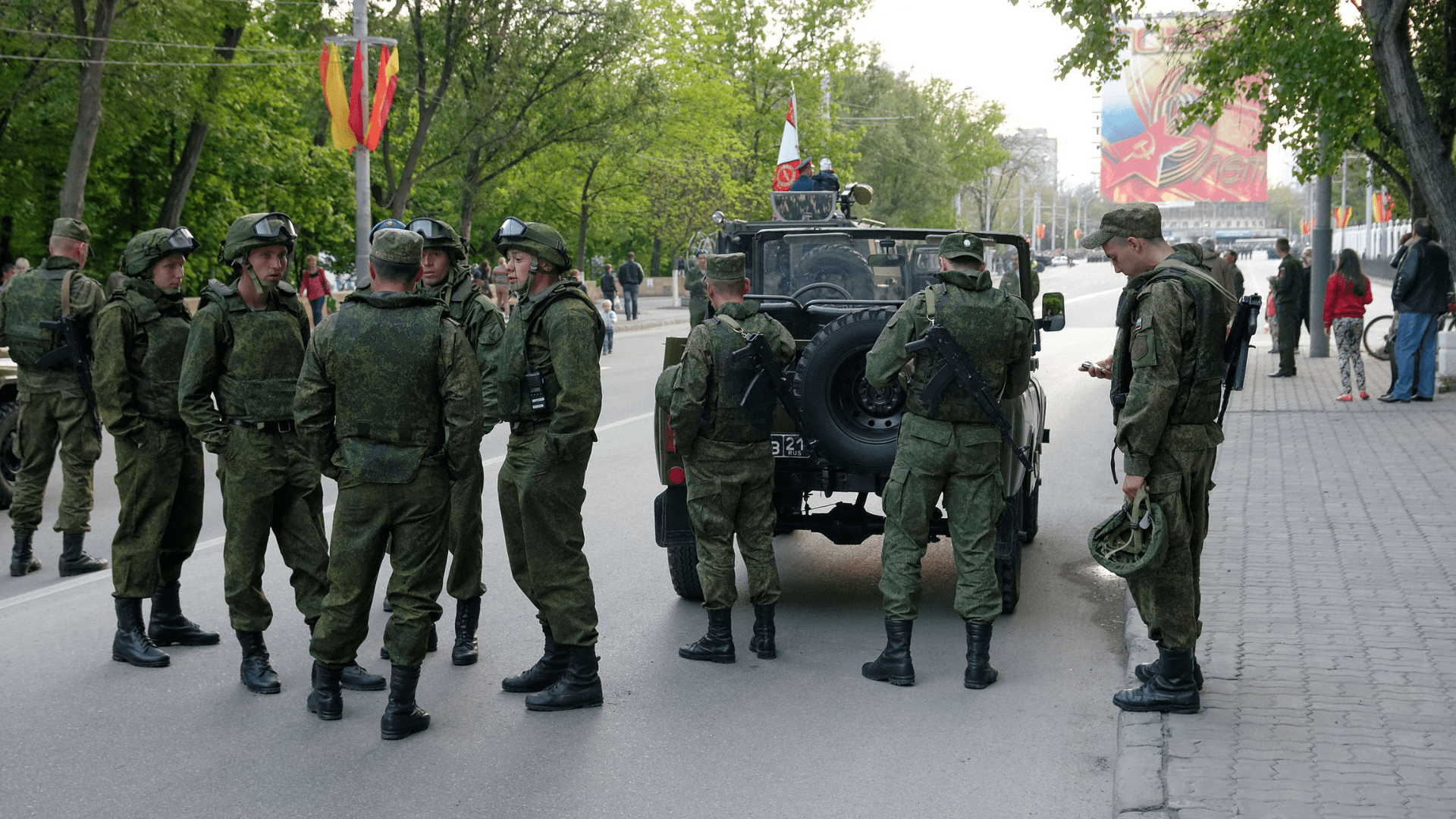
Sobel contends that even though short-term data may suggest resilience, Russia’s greater isolation and economic degradation are inevitable.
A record 56% of Russians may believe their economy is improving, but the impact of Moscow’s military budget is felt as heating systems break down, revealing the strain on infrastructure. With inflation surpassing targets, and a growing list of companies withdrawing from Russia, Sobel concludes that significant economic challenges lie ahead.
The Future of Russia’s Economy
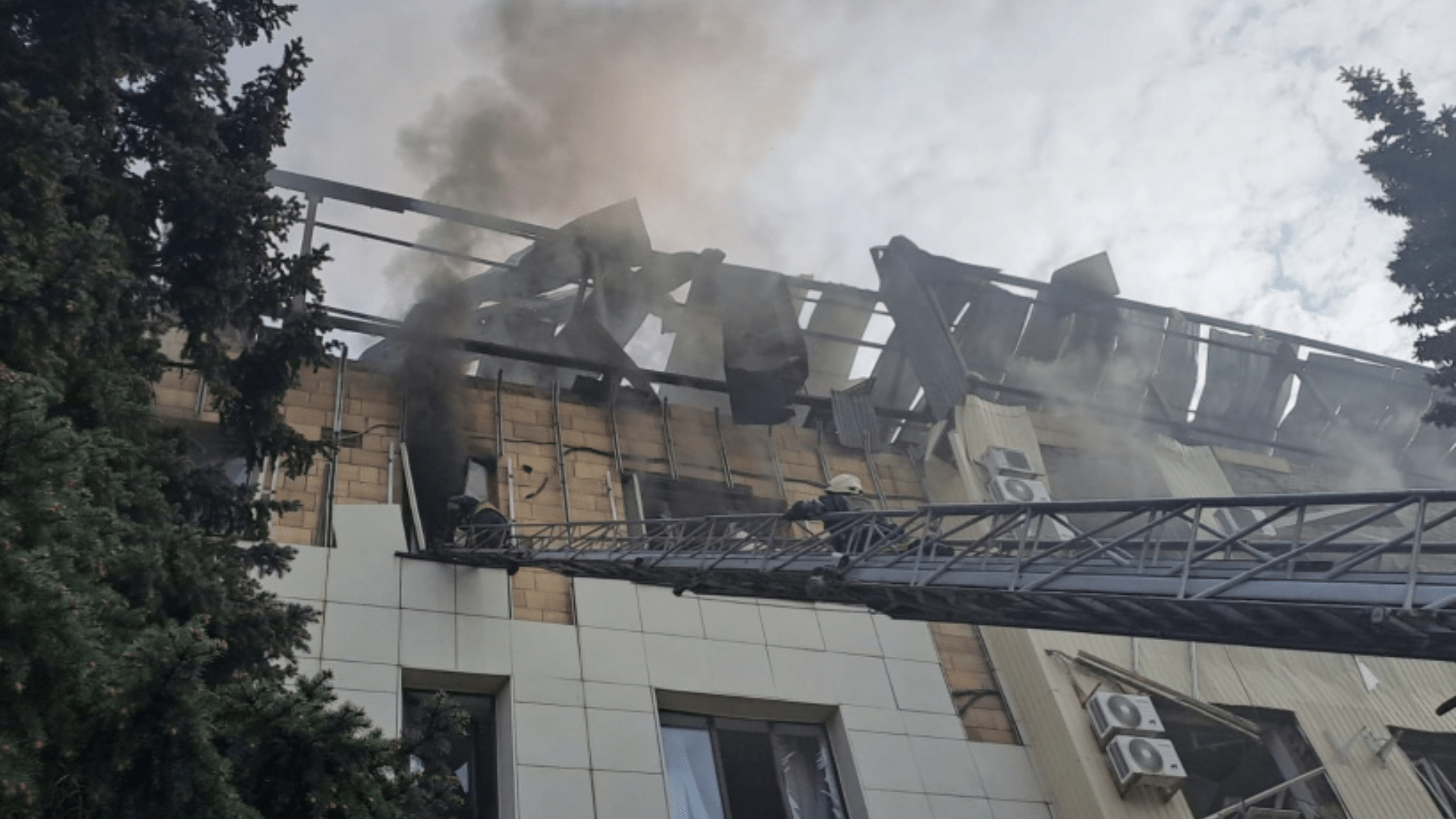
The seemingly contradictory narratives about Russia’s economic health underscore the complexity of its situation. While some argue that Russia is masking degradation and economic decline, others point to signs of resilience and optimistic sentiment within the country.
The nuanced reality likely lies in the intersection of geopolitical tensions, economic policies, and the impact of sanctions on Russia’s economic landscape. As the situation continues to evolve, a comprehensive understanding of these dynamics is crucial for assessing the trajectory of Russia’s economy and its broader implications on the global stage.
